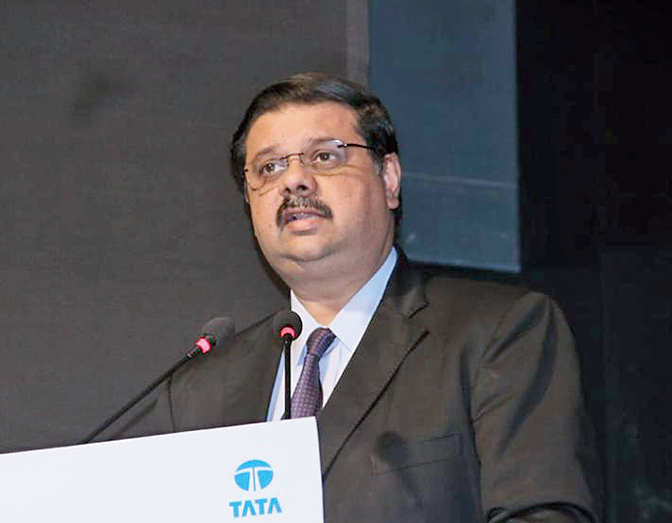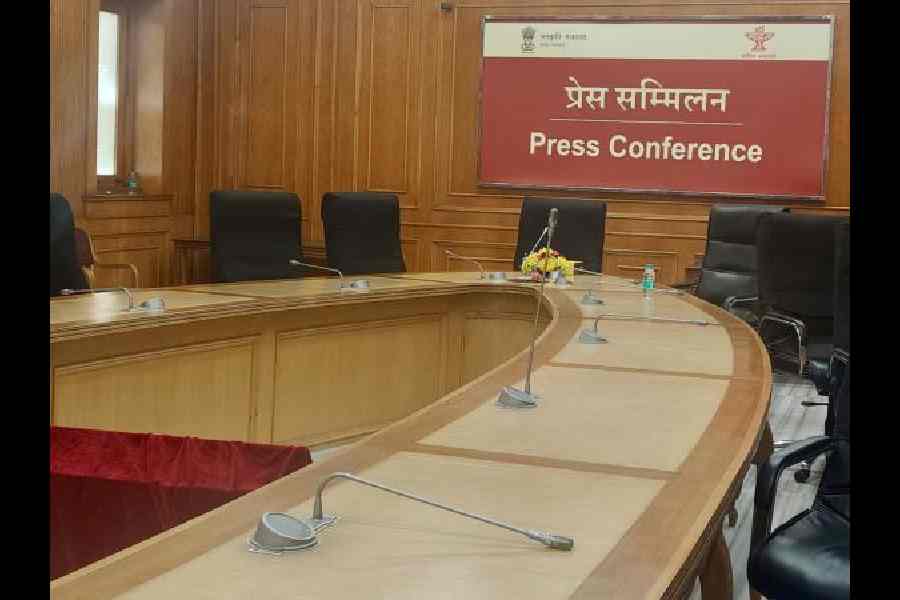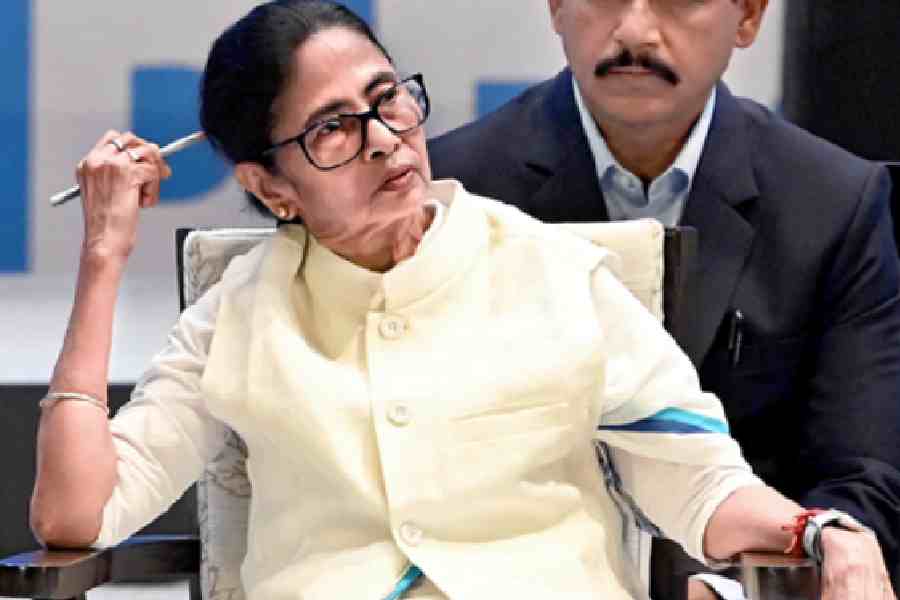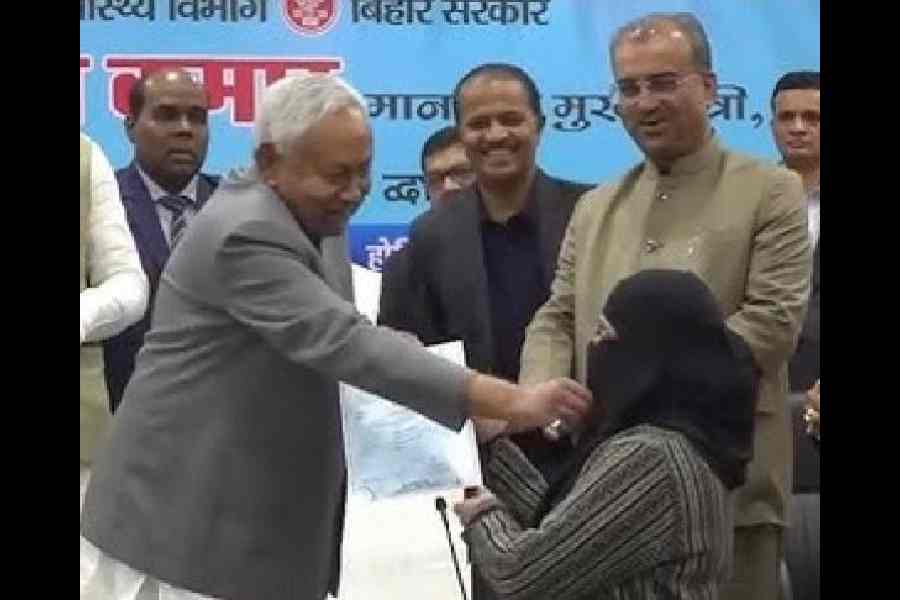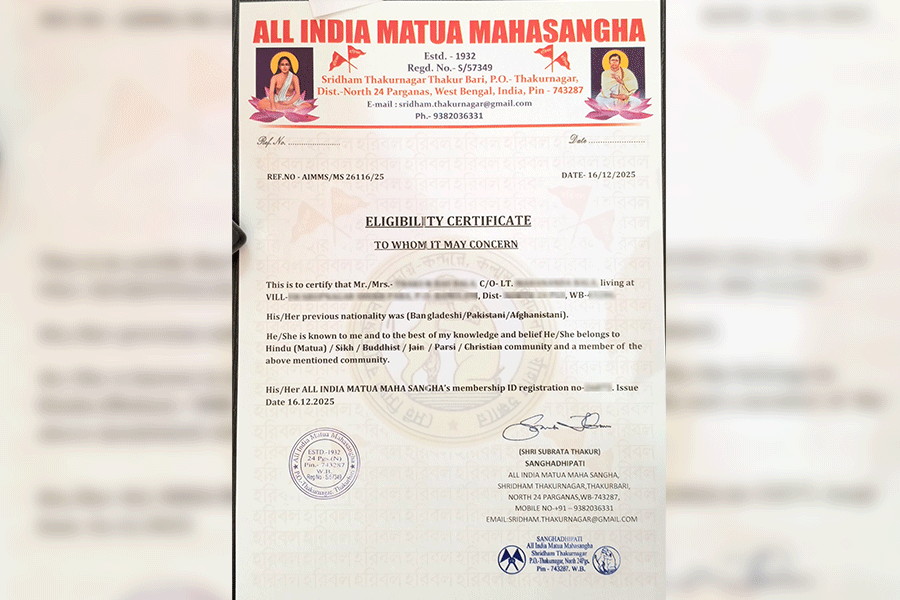A weak economic environment at home and abroad along with intense competition is set make 2020 a challenging year for Tata Steel. But Koushik Chatterjee, executive director and CFO of the company, tells Sambit Saha of The Telegraph that Tata Steel will be unwavering in pursuing a three-pronged strategy to make its balance sheet stronger and operation robust. It plans to deleverage, stop the cash-guzzling European operations and build two value-added units at Kalinganagar.
Two macro-economic events that appear to have moved the steel and commodity markets took place in December. US President Donald Trump said a trade deal with China was in the offing. And Boris Johnson won conclusively in the UK.What will be the impact of the trade deal on steel and raw material prices?
There is a broad expectation of a rebound in global growth in the first half of 2020 with multiple potential triggers, including the recent signing of a Phase-1 trade deal between the US and China, a potential Fed cut, proactive fiscal expansion in China and the massive $140-billion infrastructure spend that China has lined up in the new year.The second phase of the trade deal may not get completed before the US elections and some commentators have said it will never be signed. Hence, it will remain as a risk.
Economically and technologically we may see a continued polarisation between China and the US in the future. China, I think, is managing its economic deceleration well and in 2020, the Chinese infrastructure story is expected to rebound significantly even as the other sectors, including auto, industrial and the property sectors, may not grow as much.
In India, the key to sustaining an economic recovery will depend on the return of consumer and demand side triggers. The upcoming budget will be an important opportunity to set the action plan and it will be interesting to see, given the limited headroom on the fiscal side, what levers the government will pull to get growth engine going. Business confidence is also an important enabler for new investments. In 2020, India will show growth because of a low base effect and a sequential uptick in economic activity but sustaining it will be critical.
We are seeing steel prices firming up in India and globally. The global inventory levels are also quite low. In this background, the prices of mining commodities and steel globally should continue to firm up in the first half of 2020.
What will be the impact of Brexit on Tata’s UK steel business?
We have been constantly assessing the situation over the last couple of years. We do have contingency plans in place, including supply chain and customer servicing requirements, to handle the transition. We would also watch out for the specific trade agreements that will be negotiated and put in place between the UK and the EU. This will take time.
Will Tata Steel look at restructuring more operations in Europe?
We have already announced the framework of the transformation programme in Europe and the stakeholder engagement process is underway. This is a very important programme for Tata Steel Europe to ensure its future sustainability. More importantly, this programme is focused on Tata Steel Europe to be cash flow self sufficient. The actions are focused on cost take-outs, productivity, mix enrichment, working capital management, re-calibrating the capex outlay etc.
Have you received any interest for Natsteel?
We are working on a few proposals currently. We can talk about it when something concrete develops. As of now it continues to be held for sale.
Can you update us on how far the company has progressed in consolidation among verticals, such as long products, services, resource and utilities?
We are working on cluster consolidation and simplification. The long-product portfolio is by and large in place. The resources vertical is also taking shape which will be the anchor for merchant mining and the ferro alloy business.We are bidding for new merchant mines through that entity. The utilities segment, which is anchored around our urban services company Jusco, will have a portfolio of infrastructure assets.
The gross debt has gone up by Rs 11,549 crore in the first half. What is your philosophy of debt management and how do you see this in the next few years?
The increase in debt was primarily because of the acquisition of Usha Martin Steel during the year and working capital requirements caused due to adverse market conditions in Europe. De-leveraging the balance sheet remains a priority.
We are working on a plan to reduce the debt through several initiatives, including capex recalibration, working capital release and deferring non-priority investments.We will continue this multi year de-leveraging priority till we reach our target metrics on leverage, especially a net debt/EBIDTA of around 3.5x in the medium term and around 3x in the long term.
In India, Tata Steel will have renewed competition from Arcelor Mittal/Nippon Steel. Moreover, JSW will complete a 5-million-tonne expansion in 2020. How does Tata Steel plan to defend its turf and grow?
Tata Steel India has one of the most cost competitive positions in the global steel industry and we continue to work very hard on continuously improving our cost and productivity position. We also have a stated strategy to grow in India both in volume and value. At present, we are focused on implementing the CRM project in Kalinganagar and the pellet plant as part of the wider expansion. Both these facilities will make Kalinganagar more competitive both in cost structure as well from a product mix point of view.We do have a master plan to grow each of our operating sites and we will calibrate the growth in line with the market needs and financial prudence.
What will be the top three priorities for Tata Steel in 2020.
I would put de-leveraging and portfolio simplification as the primary priority with the implementation of the European transformation programme and execution of the CRM and pellet plant in Kalinganagar as the Top 3 priorities over the next 12 months.
India is a growing market and the National Steel Policy has targeted 300 MTPA steel demand over the next decade. Hence the market will continue to grow and India will need financially strong players to address the supply needs of the market.

